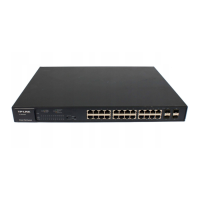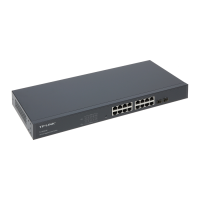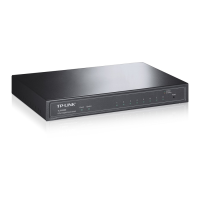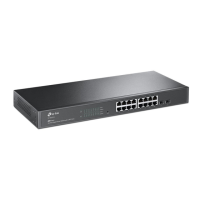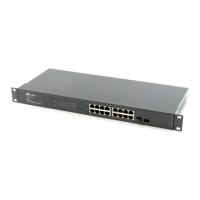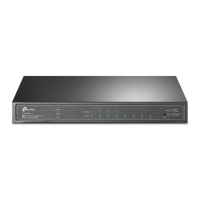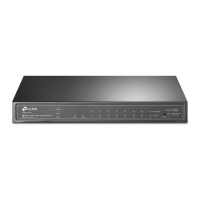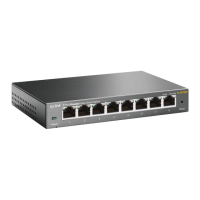User Guide 296
Configuring Spanning Tree Spanning Tree
1
Spanning Tree
1.1 Overview
STP
STP (Spanning Tree Protocol) is a layer 2 Protocol that prevents loops in the network. As is
shown in Figure 1-1, STP helps to:
■ Block specific ports of the switches to build a loop-free topology.
■ Detect topology changes and automatically generate a new loop-free topology.
Figure 1-1 STP Function
STP
RSTP
RSTP (Rapid Spanning Tree Protocol) provides the same features as STP. Besides, RSTP
can provide much faster spanning tree convergence.
MSTP
MSTP (Multiple Spanning Tree Protocol) also provides the fast spanning tree convergence
as RSTP. In addition, MSTP enables VLANs to be mapped to different spanning trees ( MST
instances), and traffic in different VLANs will be transmitted along their respective paths,
implementing load balancing.
1.2 Basic Concepts
1.2.1 STP/RSTP Concepts
Based on the networking topology below, this section will introduce some basic concepts
in STP/RSTP.

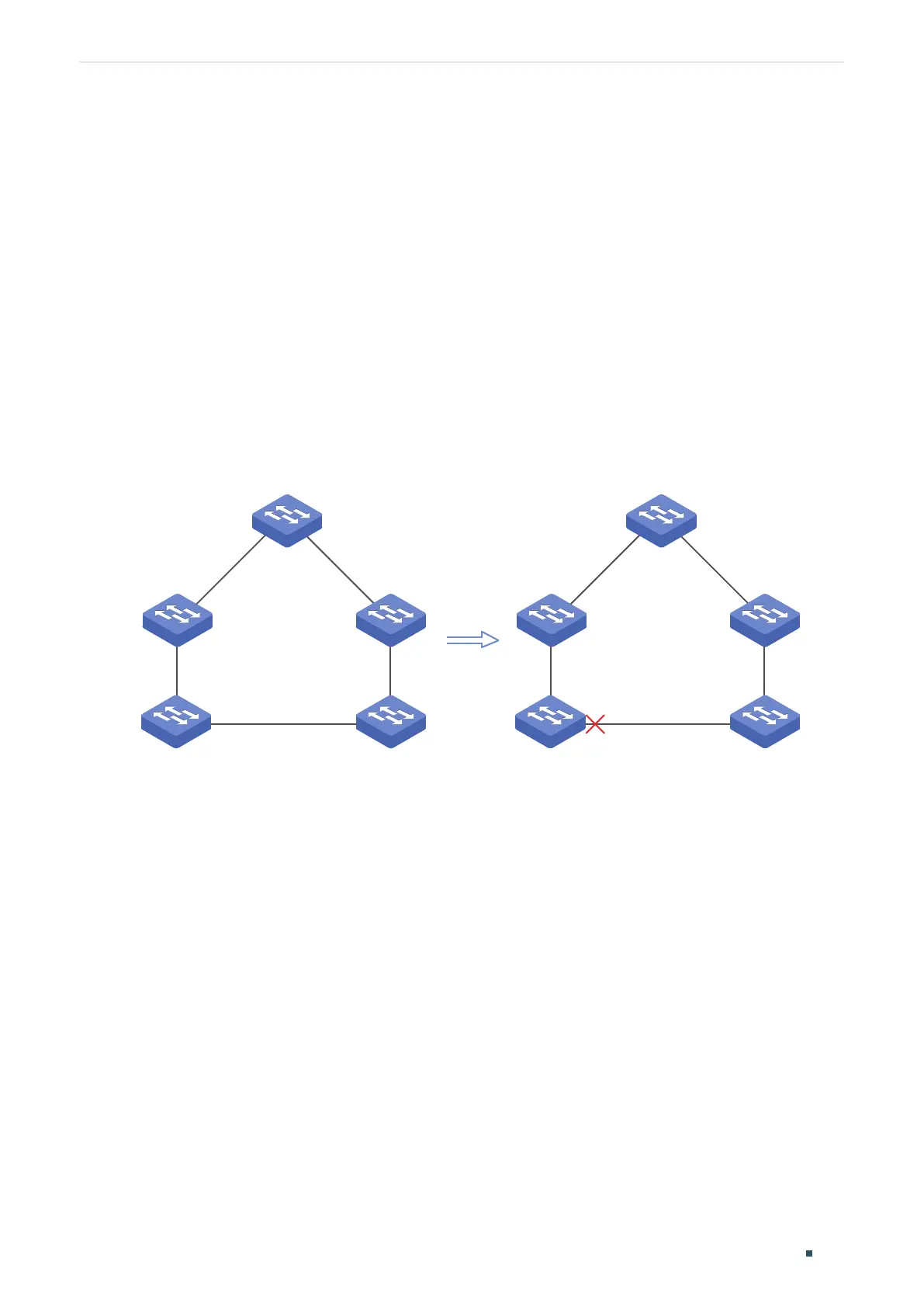